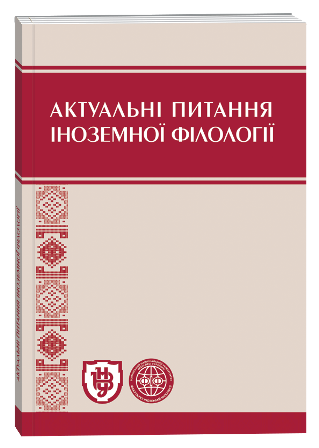COMMUNICATION STRATEGIES IN VIRTUAL MUSEUM DISCOURSE
Keywords:
strategies and tactics, communication strategies, virtual museums, museum discourse, virtual communicationAbstract
Technological innovations are constantly changing the cultural landscape and thus they have an impact on the way we perceive and experience our environment. Since the emergence of new media and new technologies not only our seeing, hearing, feeling and thinking habits have altered, also our understanding of history has changed severely mainly in the past few years. The institutionalization of the museum as a place to store, preserve and stage the past is a direct expression of this new perception of history. Museums, as storehouses of knowledge, now continuously digitize information not only in order to preserve but also to provide the public with this knowledge. Consequently, the traditional model of museums evolves; less and less the museum is a place restricted by solid walls. Such ever rising popularity of virtual museums has increased the interest to the study of this notion from different scientific perspectives. Recently there have been done a lot of researches on this subject, but unfortunately, the question about the modes of persuasion and communicative tools used in virtual museums still remains largely understudied. Therefore, the novelty of the virtual museum phenomenon, the constantly increasing development of the services they provide and the relative lack of adequate linguistic research into this subject justify the reasons for choosing such a topic and make it relevant and up-to-date. The object of this research is virtual communication between museums and the public, the subject – communication strategies used in virtual museum tours. The aim of this research is to identify the main communication strategies used in the audio tours and textual descriptions of exhibit items in virtual museums. Thus, research and analysis of communication strategies in the texts of different genres and topics is a very relevant and perspective direction of linguistic studies in the context of the strategic nature of human communication. Taking into consideration the variety of classifications of communication strategies and the direct dependence of the type of communication strategies on the type of the analyzed discourse, it is appropriate to create separate typologies of strategies that would suit each type of discourse individually.
References
Alyeksyeyeva, Iryna. 2018. Interpersonal and Corporate Communication: Strategies and Tactics. Kyiv: Taras Shevchenko National University of Kyiv.
Baranova, Kseniya. 2006. “Ritoricheskiy analiz rechevogo povedeniya vedushchih amerikanskih tok-show.” PhD diss., Sankt-Peterburg.
Belova, Alla. 2004. “Komunikatyvni stratehii i taktyky: problemy semantyky”. Movni i kontseptualni kartyny svitu. Kyiv: KNU imeni Tarasa Shevchenka 10:11–16.
Consortium of the V-MusT.net. 2013. Terminology, Definitions and Types for Virtual Museums. Deliverable Report: V-MusT.net – D 2. Version 3: 50.
Hagedorn-Saupe, Monika; Peukert, Arlene. 2015. New Ways of Presenting the Past. Work, Research, and Findings of the International Digital Exhibitions Working Group. Uncommon Culture, Vol. 6, No. 1 (11): 37–42.
Issers, Oksana. 2008. Komunikativnyie strategii i taktiki russkoi rechi. Moskva: Izdatelstvo LKI.
Jianghai, Zhao. 2012. Designing Virtual Museum Using Web3D Technology. Zhengzhou: Physics Procedia, Volume 33: 1596–1602.
Lazzeretti, Cecilia. 2016. The Language of Museum Communication. A Diachronic Perspective. Basingstoke: Palgrave Macmillian.
Maksimova, Tatiana. 2012. “Virtualnyie muzei kak sotsiokulturniy fenomen: tipologiya i funktsionalnaya spetsifika.” PhD diss., Moskva.
Nikolayeva, Elena. 2016. Virtualniye muzei kak informatsionno-obuchayushchaya sreda v kurse angliyskogo yazika dlya spetsialnih tseley. Tambov: Gramota 10(64), 1: 206–208.
Panciroli, Chiara; Russo, Veronica; Macauda, Anita. 2017. When Technology Meets Art: Museum Paths between Real and Virtual. Bologna: University of Bologna.
Zharkova, Yuliana. 2012. “Professionalnaya yazikovaya lichnost ekskursovoda: diskursivnyi aspect.” Lingvisticheskiye aspekty issledovaniya identichnosti lichnosti v izmenyayushchemsya mire. Chelyabinsk: Entsyklopediya.







